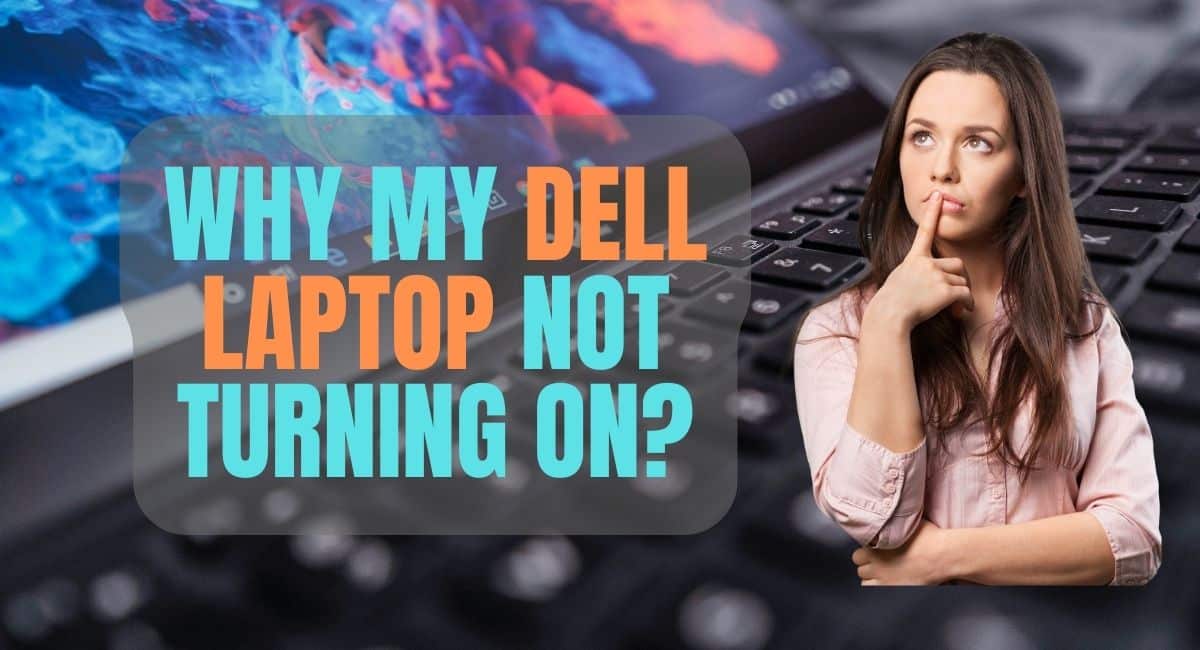Why my Dell laptop not turning on? Before diving into the technical nitty-gritty and giving the laptop for repair, let’s ensure we’re not missing the obvious. Is your laptop plugged in? It might sound silly, but the most straightforward solutions can sometimes solve your problem. Ensure that your adapter is correctly connected to both ends, the power outlet and laptop. Let it charge for 15-20 minutes, and then try to turn it on.
I’ve personally tried and tested dozens of Dell laptops over the years, and most “not turning on” cases are linked to power, battery, or memory resets — not complete hardware failure. So before panicking, let us go through the possible ways step by step, exactly as Dell’s own support specialists recommend.
6 Reasons Why My Dell Laptop Not Turning On?
These fixes are based on Dell’s official troubleshooting methods and real-world repair experiences. Each step given below is safe to perform at home as long as you follow standard precautions.
Battery Blues
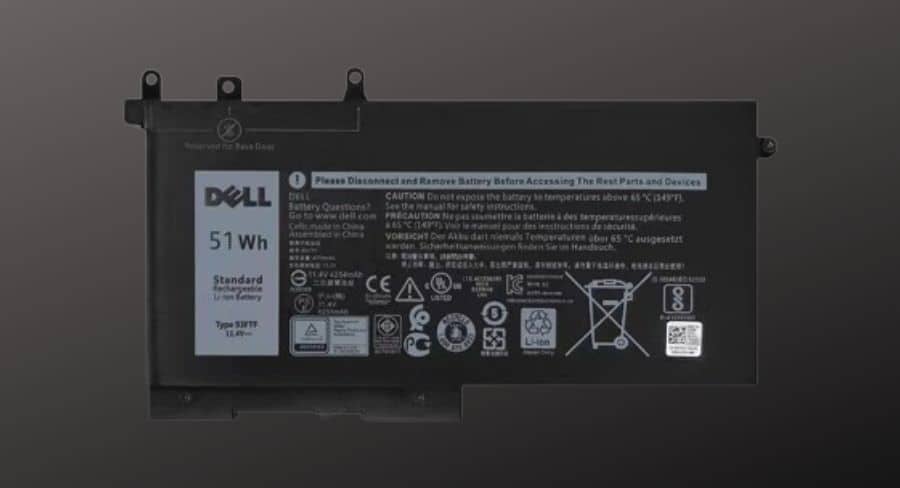
If your laptop is plugged in but still, dell laptop is not turning on, it might be a battery issue. Try to remove the battery from the laptop (if it’s removable) and then reinsert it. Sometimes, a simple reset works. If your if your Dell has a non-removable battery, then you can hold the power button for 20 seconds. This will drain the battery completely; you can recharge it to see if it works. If your laptop is experiencing battery issues or if its health is deteriorating, you can refer to our guide charge your laptop battery externally.
According to Dell Support, about half of startup issues start from incomplete charging cycles or power drains. If holding the power button doesn’t help, try a “power drain”: unplug the adapter, press and hold the power button for 30 seconds, then reconnect and power on again.
Let’s Get Physical
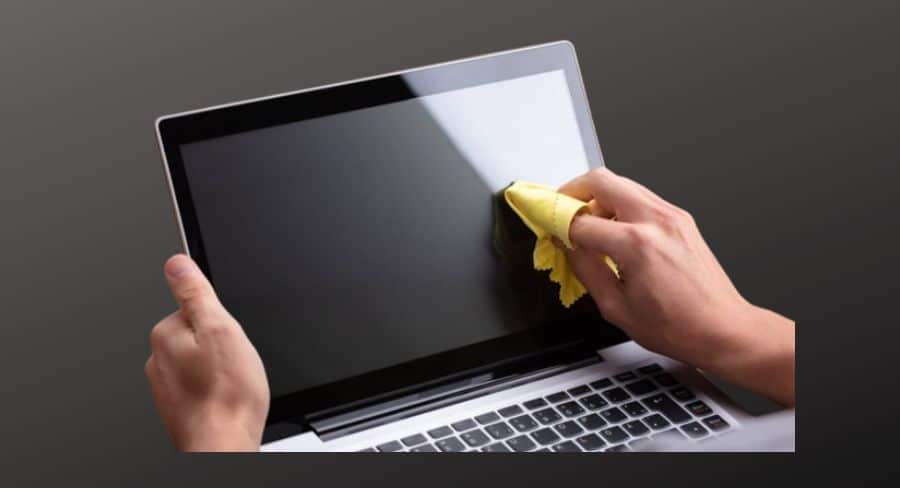
No we don’t mean that you should hit your laptop, instead, occasionally, laptops can get a bit fussy due to physical issues. Check for any loose screws, connections, or waste around the power button and keyboard. Sometimes, a tiny object stuck in the wrong place can cause big problems. Gently clean the area around the power button and keyboard with compressed air or a soft brush to turn on your Dell laptop.
Small particles around the power button can sometimes prevent proper contact. Dell recommends using compressed air or a soft brush — avoid using pins or metal tools, as they can damage internal switches.
Escape the Black Screen

Ah, we all dread the black screen. If your Dell laptop powers on but only displays a black screen, don’t lose hope just yet. Try connecting an external screen to your laptop to check the display. If it does, it means that your laptop screen is an issue or even an issue with the card driver. Try to update it or reinstall the drivers –It might do the trick, which is why your Dell laptop is not turning on.
If the external monitor displays your desktop, the issue is likely with the internal display or driver. You can update your display drivers through Device Manager → Display Adapters → Update Driver. Dell’s SupportAssist tool can automatically detect and install correct drivers for you.
Unplug and Reset
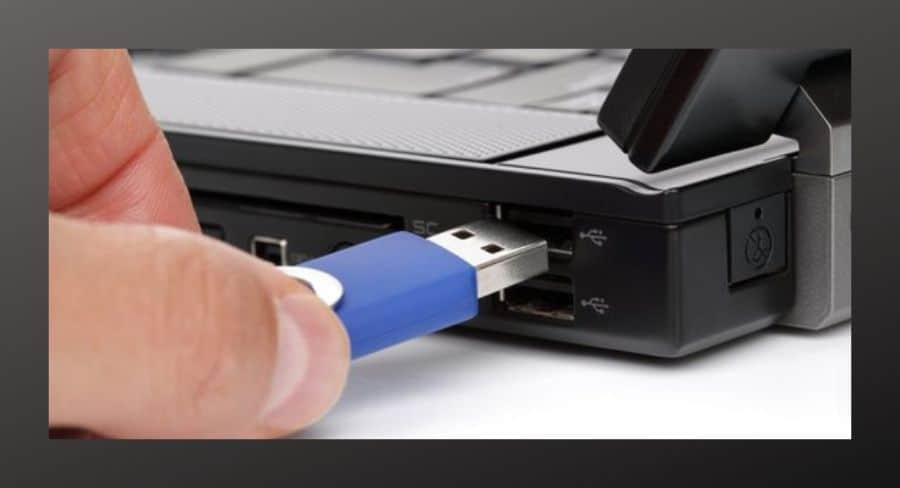
One of the reasons why your Dell laptop is not turning on is that sometimes, laptops can get overwhelmed (just like us!) with too much digital and memory baggage. Disconnect all external devices like USB drives, printers, mouse or external monitors, and then try turning on your laptop again. Excessive peripheral devices can sometimes confuse the system and prevent it from booting up properly. Let it turn on and feel what it feels like to turn on without extra devices. We have written a guide on how to take screenshot on Gateway laptop; you can check it out if you are interested in graphics cards.
Disconnecting peripherals ensures your BIOS doesn’t mistakenly try to boot from an external device like a USB drive. This simple reset step is often recommended by Dell’s technical team before deeper repairs.
Memory Issue
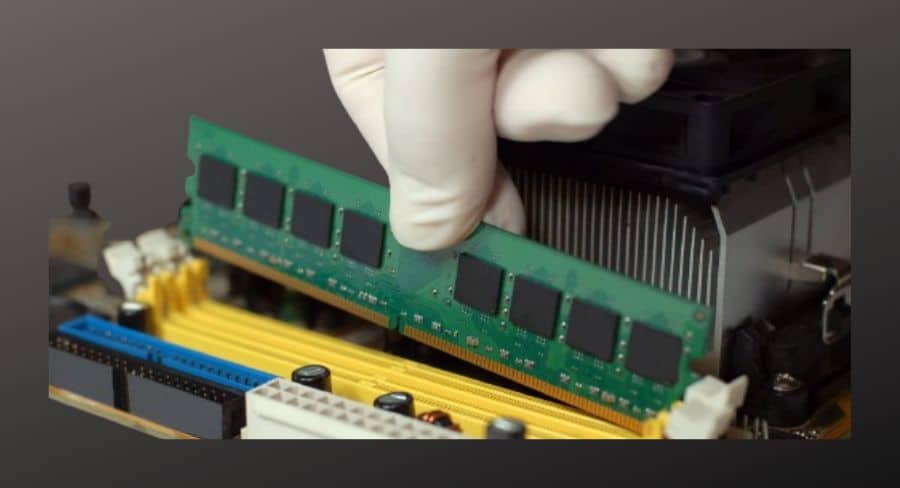
Faulty RAM (Random Access Memory) can also be a culprit behind the reason why the laptop is not turning on and refuses to start. Try reseating the RAM modules in your Dell laptop. Carefully remove them, clean the contacts with a soft, dry cloth, and then reinsert them firmly into their slots (a tip for you: take a picture of RAM modules before removing them so you may easily install them back). If you have multiple RAM modules, try booting up your laptop with one module at a time to find the one with the issue and isolate the problematic ones.
⚠️ Safety Tip: Before removing RAM or opening the laptop, unplug the charger and ground yourself to avoid static discharge.
Many Dell laptops use standardized DDR modules — reseating them can fix “no power” issues caused by loose contact points.
Professional Help
Well, if you’ve exhausted all your DIY options and your Dell laptop still refuses to turn on and cooperate, it might be time to visit your tech doctor and seek professional help. Dell offers official diagnostic and repair services. You can contact Dell’s technical support. They can remotely check your warranty status and suggest approved service centers.
Additional Tips to Prevent Dell Laptop Startup Issues
- To ensure your Dell laptop stays healthy and turns on reliably, here are a few preventive measures:
- Update System BIOS and Drivers: Visit Dell Support Assist or Dell’s website to keep firmware current.
- Avoid Deep Discharges: Plug in before the battery drops below 10%.
- Clean Power Ports: Dust can prevent full contact between the charger and port.
- Check Charger Wattage: Using low-wattage or third-party chargers can cause inconsistent power supply.
- Keep Laptop Ventilated: Overheating may cause automatic shutdowns or power lockouts.
Conclusion:
We know that laptops not turning on are frustrating and worrisome times when we forget about everything, and the only thing on our minds is our laptops. If you are also suffering from the same situation, we sincerely hope that one of these six ways helped you in turning on your laptop.
Regular maintenance — such as keeping your BIOS updated, cleaning dust from vents, and avoiding complete battery drain — can significantly reduce the chances of future startup problems. Always use genuine Dell adapters and parts for stable performance.
Now, go on; it’s time to bring your laptop back to life.
Frequently Asked Questions (FAQ’s)
Q1: Why is my Dell laptop not turning on even when it’s plugged in?
If your Dell laptop is plugged in but still not turning on, it might be a battery issue. Try removing and reinserting the battery (if it’s removable). For laptops with non-removable batteries, hold the power button for about 20 seconds to fully discharge the system. Then reconnect the charger and try turning it on again. This simple reset often helps revive unresponsive laptops.
Q2: What should I do if my Dell laptop turns on but shows a black screen?
If your laptop powers on but only displays a black screen, don’t worry — it’s a common issue. Try connecting an external monitor to check if the display works. If the external screen shows your desktop, your laptop screen or graphics driver may be the problem. Update or reinstall your display drivers to fix it.
Q3: How can I turn on my Dell laptop when it won’t start?
Disconnect all external devices like USB drives, printers, or external monitors. Then try turning your laptop on again. Sometimes, peripheral devices can interfere with the startup process. Removing them gives your laptop a fresh start and clears potential boot conflicts.
Q4: Can a faulty charger prevent my Dell laptop from turning on?
Yes. If your laptop’s charger or adapter isn’t supplying consistent power, it can stop the laptop from turning on. Always use a genuine Dell charger and ensure the LED indicator on the adapter is lit. You can also test the charger on another Dell device to confirm if it’s working properly.
Q5: When should I contact Dell Support for repair?
If you’ve tried all the troubleshooting steps and your Dell laptop still won’t turn on, it’s best to contact Dell Support or visit an authorized service center. They can diagnose deeper motherboard, power jack, or BIOS issues that require professional repair.
Disclosure:
This troubleshooting guide is based on personal experience testing multiple Dell Inspiron and Latitude models, along with information cross-verified from Dell’s official support resources. Always follow manufacturer-approved safety steps when handling hardware.
Last Updated on 20 October 2025 by Misbah Arif

Misbah Arif is a Computer Science graduate and tech reviewer with over five years of experience in laptop hardware and performance testing. As the editor of SavvyLaptop, she focuses on real-world laptop reviews, covering battery life, usability, and value for money. Her goal is to simplify tech decisions through honest, hands-on insights that help readers choose the best device for their needs.

